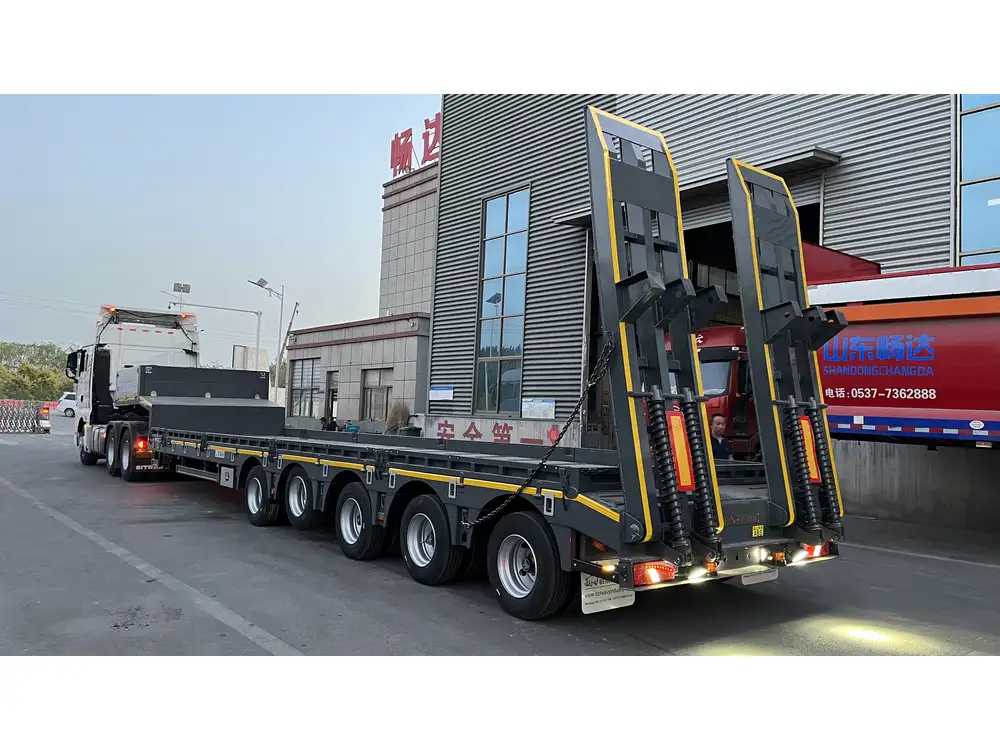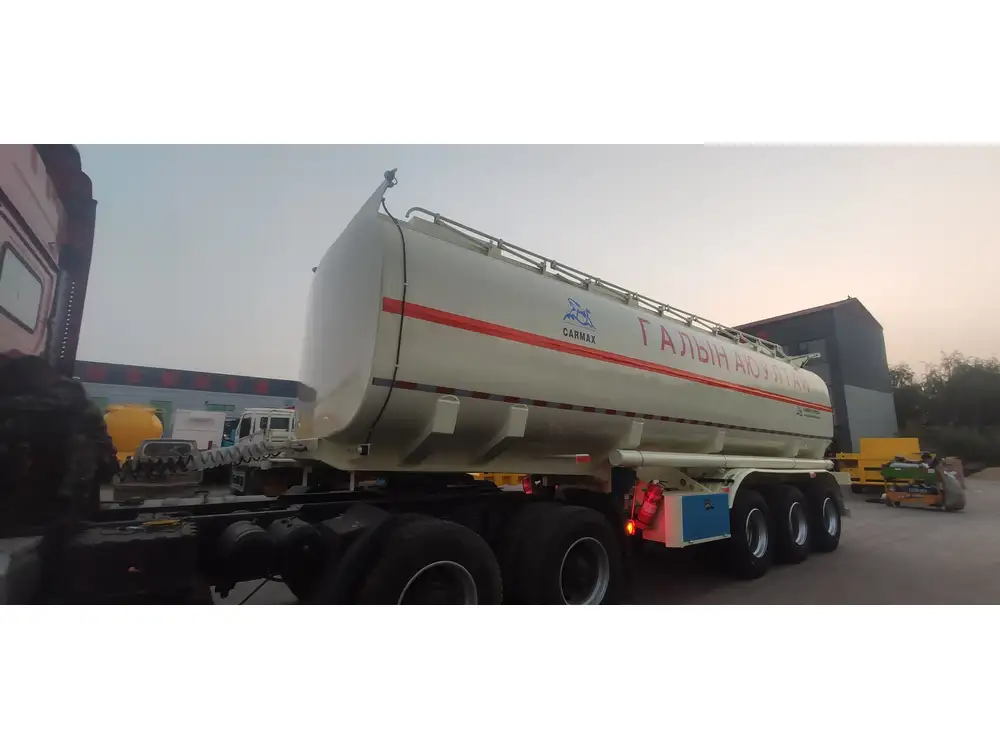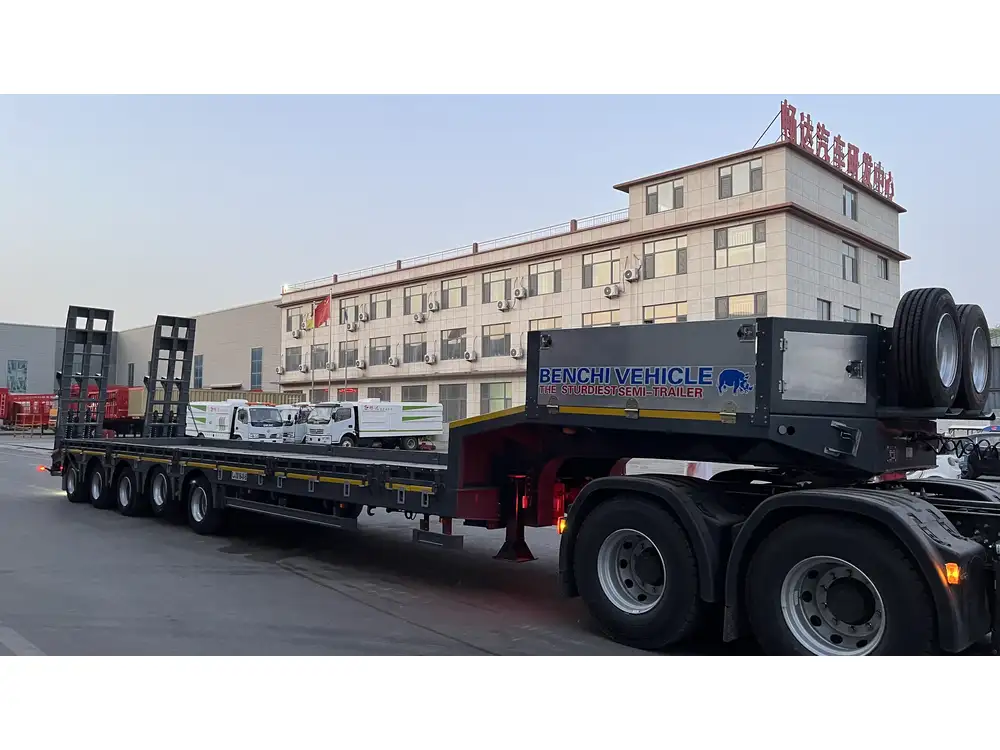When it comes to transporting heavy machinery like forklifts, understanding the regulations set forth by the Occupational Safety and Health Administration (OSHA) is crucial for safety and compliance. There is a prevailing question in the logistics and construction sectors: can you drive a forklift onto a flatbed trailer? This article delves into OSHA guidelines, best practices, safety precautions, and important considerations for anyone involved in operating forklifts or managing transportation logistics.
OSHA Regulations on Forklift Use
Overview of OSHA Regulations
OSHA’s regulations serve to ensure workplace safety and health standards. Forklifts, classified as powered industrial trucks, are subject to specific guidelines that govern their operation, including loading, unloading, and transportation. The primary regulations relevant to driving a forklift onto a flatbed trailer fall under:
29 CFR Part 1910 – Occupational Safety and Health Standards
- This section outlines general industry requirements and specific rules for powered industrial trucks.
29 CFR 1910.178 – Powered Industrial Trucks
- This regulation mandates safe operation, maintenance, and training related to forklift use.

Key OSHA Safety Rules for Forklift Operation
Operator Training and Evaluation:
- Forklift operators must complete a training program that includes both classroom instruction and practical training. Operators must demonstrate competence and receive evaluation before they can operate a forklift.
Inspection Before Use:
- A thorough pre-operation inspection of the forklift is required. This inspection should include checking the controls, load backrest extension, tires, and other critical components.
Safe Load Limits:
- Operators must adhere to the forklift’s specified load limitations. Overloading can lead to tipping, especially when operating on unstable surfaces like a flatbed trailer.
Maintaining Stability:
- Ensuring that the load is balanced and stable is vital. When driving onto trailers, operators must consider the ramp’s incline and the stability of the trailer itself.
Clear Communication:
- Use standardized hand signals or radios to communicate with ground personnel when moving the forklift onto a trailer.
Best Practices for Driving a Forklift onto a Flatbed Trailer
Preparing for Loading
Preparing for loading involves meticulous planning and execution. Here is a checklist to ensure a smooth and safe operation:
| Step | Description |
|---|---|
| Assess the Loading Area | Ensure that the ground is level and free from debris. |
| Verify Flatbed Condition | Check that the trailer is in good condition and equipped to carry the load. |
| Use Appropriate Equipment | Ensure the use of forks and attachments that are suitable for the load type. |
| Establish a Safe Loading Plan | Develop and communicate a loading strategy to all personnel involved. |

Steps to Load a Forklift onto a Flatbed Trailer
Once all preparations are complete, follow these steps to safely drive a forklift onto a flatbed trailer:
Position the Forklift:
- Align the forklift with the trailer to ensure a straight approach. Maintain a safe distance and check for clearances.
Check the Ramp:
- If using a ramp, ensure it has a sufficient weight rating and the proper incline. The ramp should also have grip enhancements to prevent slippage.
Drive Slowly:
- When moving onto the trailer, drive slowly and steadily, maintaining control at all times. Engage the turtle speed for increased safety.
Lift the Load Cautiously:
- Tilt the load backward slightly while driving up, ensuring the center of gravity doesn’t cause the forklift to tip.
Secure the Forklift:
- Once on the trailer, use wheel chocks or chains to secure the forklift. This step prevents movement during transport.
Final Inspection:
- After securing the forklift, conduct a final inspection to ensure all safety measures are in place.
Potential Risks Involved
Common Hazards During Loading
Loading a forklift onto a flatbed trailer comes with inherent risks, which operators must identify and mitigate:
| Hazard | Description | Mitigation Methods |
|---|---|---|
| Tipping over | An unstable forklift can tip during the loading process. | Ensure proper loading techniques and balanced loads. |
| Slips and Falls | Wet or uneven surfaces can lead to slips. | Keep the area clean and dry, and use anti-slip footwear. |
| Crushing | Personnel may be in the path of a moving forklift. | Establish a safety zone and use spotters to guide operations. |

Importance of Spotters
Having designated spotters is crucial in the loading process. Spotters can:
- Guide the forklift operator in visualizing distances and angles.
- Signal when it’s safe to proceed and assist in maneuvering around any obstacles.
- Ensure that no personnel are in harm’s way during the loading operation.
Case Studies and Real-Life Applications
Understanding the practical implications of these rules is important. Case studies can offer invaluable insights into best practices and lessons learned from past incidents.
Case Study 1: Forklift Accident During Loading
In a logistics facility, an operator attempted to drive a forklift loaded with pallets onto a flatbed trailer. The operator neglected to check the trailer’s stability. As the forklift approached the edge, the trailer shifted, causing the operator to lose control and ultimately tipping over. This incident resulted in significant property damage and injury.
Lessons Learned:
- Always stabilize the trailer before loading.
- Conduct routine checks on both the forklift and loading area conditions.

Case Study 2: Successful Loading Operations
Conversely, a construction company implemented a rigorous training program for their forklift operators, emphasizing loading protocols and hazard awareness. They saw a drastic reduction in incidents and improved efficiency when moving materials onto flatbed trailers.
Key Strategies:
- Comprehensive training and continuous evaluation.
- Use of clear communication and signaling systems.
FAQ Section
Can you drive a forklift on uneven surfaces?
Driving a forklift on uneven surfaces poses a significant risk of tipping. Always strive for a stable and level surface when loading onto trailers.

What types of forklifts are best for flatbed loading?
The best forklifts for flatbed loading include those with a lower center of gravity and stability features, such as counterbalance forklifts.
Do I need special permits to transport forklifts on a flatbed?
Depending on local regulations and the size of the load, you may need special permits for transporting heavy equipment like forklifts.
How often should forklifts be inspected?
OSHA mandates that forklifts undergo daily pre-operation inspections. Additionally, periodic maintenance checks should be conducted based on usage frequency.

Conclusion
In conclusion, understanding the intricacies of driving a forklift onto a flatbed trailer is essential for safety and compliance with OSHA regulations. By rigorously following regulatory guidelines, adopting best practices, and remaining vigilant against potential hazards, operators can significantly mitigate risks. Investing in thorough training, pre-loading assessments, and effective communication ensures that your operations are not only compliant but also safe, ultimately leading to a more efficient logistics process. Ensuring all personnel involved are educated about procedures and safety measures will enhance the overall safety culture within your organization. By prioritizing these practices, organizations can leverage the full benefits of forklifts while navigating the complexities of transportation logistics.



